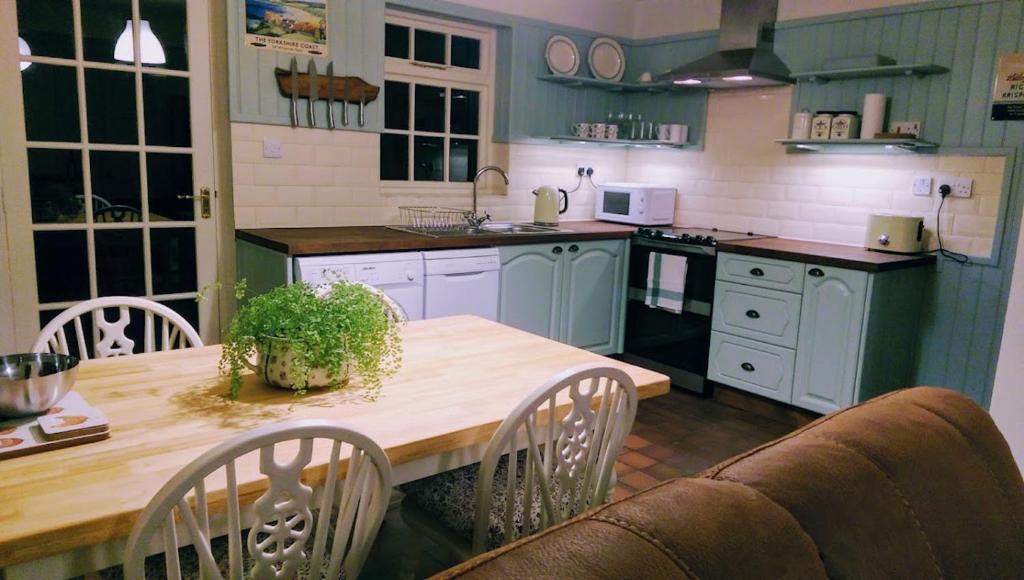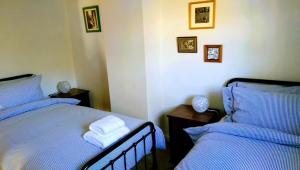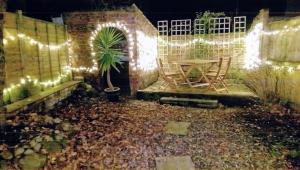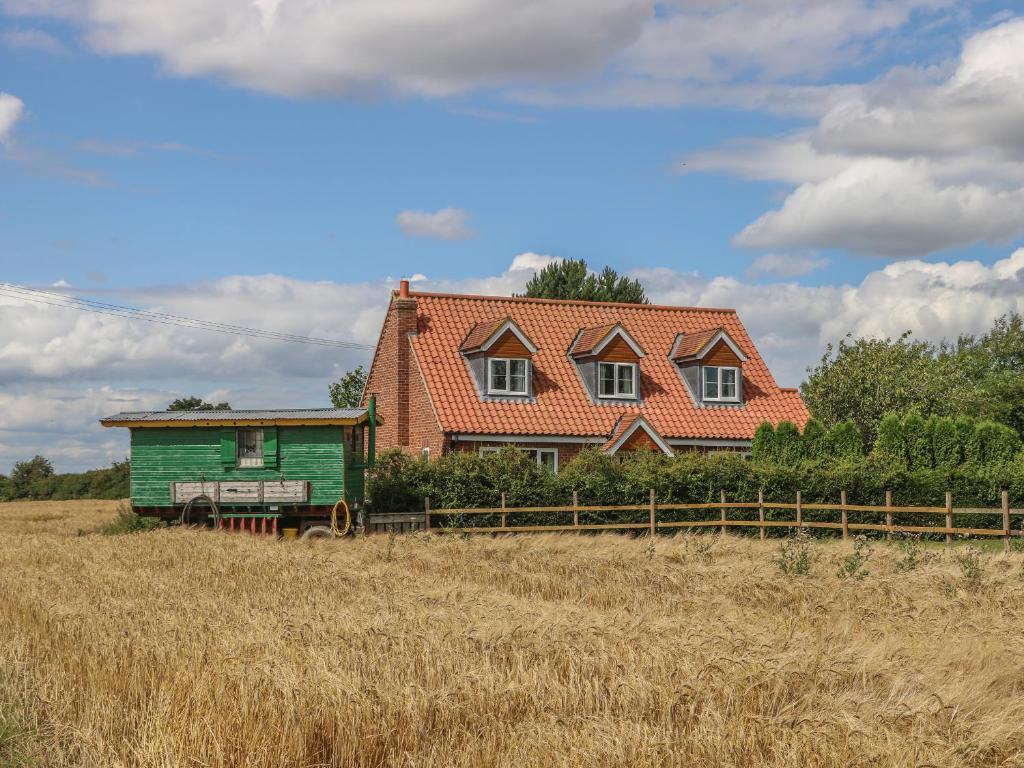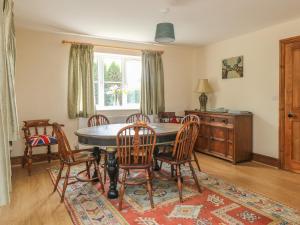Mentioned by Lonely Planet
Must see attractions in York, England


"Clifford’s Tower is one of York’s most iconic landmarks, and is largely all that remains of the eminent York Castle. Over its thousand year history, Clifford’s Tower has operated in a number of different functions, housing everything from kings to criminals, cannons to cows. Constructed by William the Conqueror in 1086, the first Clifford’s Tower was a wooden structure placed high on the motte that still stands today."
"Clifford's Tower was once the site of a timber keep built by William the Conqueror. The current incarnation of Clifford's Tower has looked over the city of York since 1245. Part of York Castle, the tower played a role in the Dissolution of the Monasteries and the English Civil War."


"As the name implies, York’s Merchant Adventurers were merchants. They traded along the English coast, northern Europe and sometimes as far as the Baltic and Iceland, bringing back an assortment of desired goods to York. The city was an important river port and the wealthiest city in Northern England, second only to London for most of the Middle Ages, allowing the merchants to make enough money to build the Hall between 1357 and 1361."
"Merchant Adventurers’ Hall on Fossgate is one of the finest medieval guild halls in existence. A fascinating museum also available for weddings and events (great vintage fairs take place here), the venue’s centrepiece is the Great Hall where medieval merchants once gathered. A collection on display inside includes a range of fine silver, paintings and furniture."

"Just a short drive from the city center you can find the York Cold War Bunker which is unlike any of the other historic attractions in the area. Wonderfully well-preserved, it dates to 1961 and is the only Royal Observer Corps bunker of its kind that you can take tours around. Once one of around thirty such sites in the UK, it was in this semi-subterranean two-storey bunker that members of the Corps and a scientific warning team would have sheltered in the event of a nuclear war."

"This pink facade building on St. Helen’s Square (near Betty’s Tea Rooms) is the official residence of the Lord Mayor of York and has only recently opened to the public. The grand, 800 year old house showcases collections of silverware and ceramics, ceremonial items used by the Lord Mayor as well as recreated 18th century bedrooms and dining rooms. The downstairs kitchen has interactive exhibits and equipment to learn about Georgian cooking ."
"Located in the center of the city, the Mansion House is the official residence of the Lord Mayor of York. But along with being a home, this historic house is popular with visitors. The Mansion House exhibits an impressive collection of paintings, silver and furniture."

"In the care of the National Trust since 1930 (it was one of its first major properties), and tucked away behind the Minster, the Treasurer's House has both a lovely garden and fascinating collection of art and antiques. The name derives from it being on the site of the medieval house of the Minster's Treasurer, a post abolished at the Reformation. The present building dates from the 17th century, but had been added to with various accretions and was actually three separate houses when in 1897 it was bought by Frank Green (1861-1954)."
"You can find this National Trust Property behind York Minster, this fine 17th Century house was once home to the treasurer's of York Minster. Join a guided tour of Treasurer's House and see over four Centuries of the elegant interior. If you go on the ghost walks in York this is one of the key stops on route!"

"Located between Leeds and Wetherby, Bramham Park is the site of the iconic Leeds Festival which occurs every August bank holiday weekend. If you don’t hold tickets to the festival, visit during the rest of the year to explore the 18th Century manor house and its sprawling grounds."

"In the secluded valley of the River Rye about 3 miles west of Helmsley, amid fields and woods loud with birdsong, stand the magnificent ruins of Rievaulx Abbey (ree-voh). The extensive remains give a wonderful sense of the size and complexity of the community that once lived here, and their story is fleshed out in a series of fascinating exhibits in a new museum. There's also a cafe with floor-to-ceiling windows and outdoor terrace from which to gawp at the ruins."
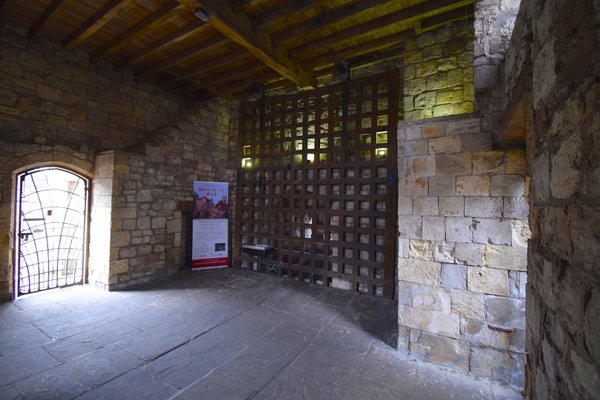

"Just outside Scarborough and on the edge of the North York Moors National Park, the Plough is a historic pub with rooms that ooze homely character. Styled as a village pub with rooms (eight luxury en-suites and five self-catering cottages dotted nearby, to be exact) guests can enjoy quintessential Yorkshire hospitality and creature comforts galore, including roll-top baths, handmade four-poster beds and wool blankets that put the cute country twee in tweed. Not much can beat rolling into a hotel bed after a hearty pub meal."

"From their website: ‘Our exciting, inventive and varied menus have been especially created by our experienced staff, and are La Vecchia Scuola’s distinguishing – and distinguished – culinary feature. We believe in serving only the very best in contemporary Italian cooking.’"
"05/06/2021: The restaurant is one of two we tend to visit whenever we come to York. The building and surroundings are stunning and this is a big draw. On this occasion we were put in a side room with three other tables."


"As the name implies, York’s Merchant Adventurers were merchants. They traded along the English coast, northern Europe and sometimes as far as the Baltic and Iceland, bringing back an assortment of desired goods to York. The city was an important river port and the wealthiest city in Northern England, second only to London for most of the Middle Ages, allowing the merchants to make enough money to build the Hall between 1357 and 1361."
"Merchant Adventurers’ Hall on Fossgate is one of the finest medieval guild halls in existence. A fascinating museum also available for weddings and events (great vintage fairs take place here), the venue’s centrepiece is the Great Hall where medieval merchants once gathered. A collection on display inside includes a range of fine silver, paintings and furniture."

"Occupying the 91-metre promontory between the north and south bays are the remnants of Scarborough’s Medieval castle. This indomitable roost over the North Sea was a hill fort in the Bronze Age, and in the fourth century was used as a signal station by the Romans. You can now locate the ruins of an Anglo-Saxon chapel, built around 1000 on the site of the signal station."



"Rowntree Park, on the flood plains of the River Ouse, is a myriad of paths and walkways along the river. It was York’s first ever municipal park, presented to the public by sweets company Rowntree & Co to commemorate the 200 members of their staff who died in World War I. If you’re in search of a little exercise during your visit, the park boasts six tennis courts, a skate park, a basketball court, two tennis tables and two bowling greens. The duck pond also makes for an excellent picnicking spot."
"Located by the river to the south of the city centre, Rowntree Park is York’s first municipal park, and boasts a combination of historical features and a multi-functional recreational space. With a performance space and a sculpture play trail as well as children’s play areas and sporting facilities, Rowntree Park has much to offer, and serves as a commemoration to all those members of the company’s staff who lost their lives during World War I. Price: admission is free"

"Rarely does one come across a church with so much personality. The 15th century building, hidden away from the hustle and bustle of the town, has a marvellous architectural design. The Goodramgatearea comprises of some of York’s oldest structures."
"Tucked away behind an inconspicuous gate and seemingly cut off from the rest of the town, the Church of the Holy Trinity is a fantastically atmospheric old building, having survived almost unchanged for the past..."
